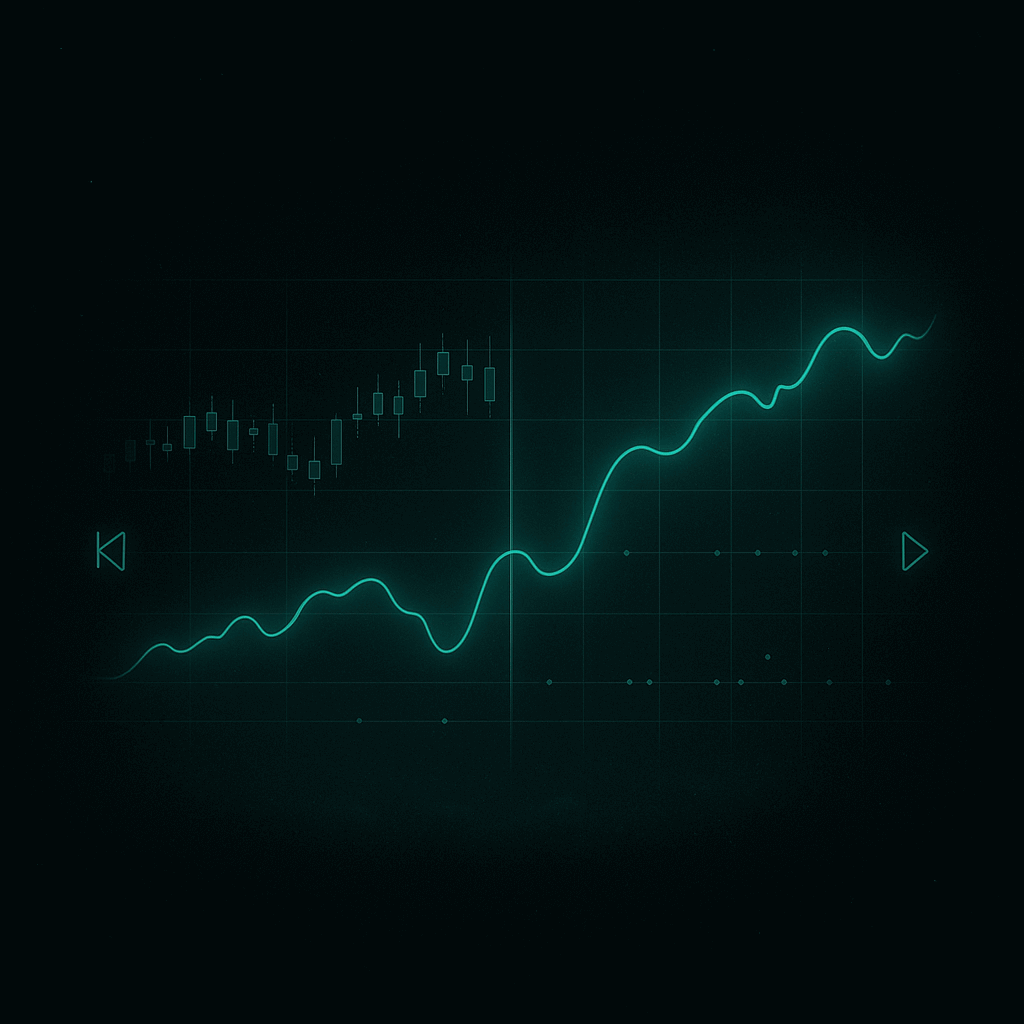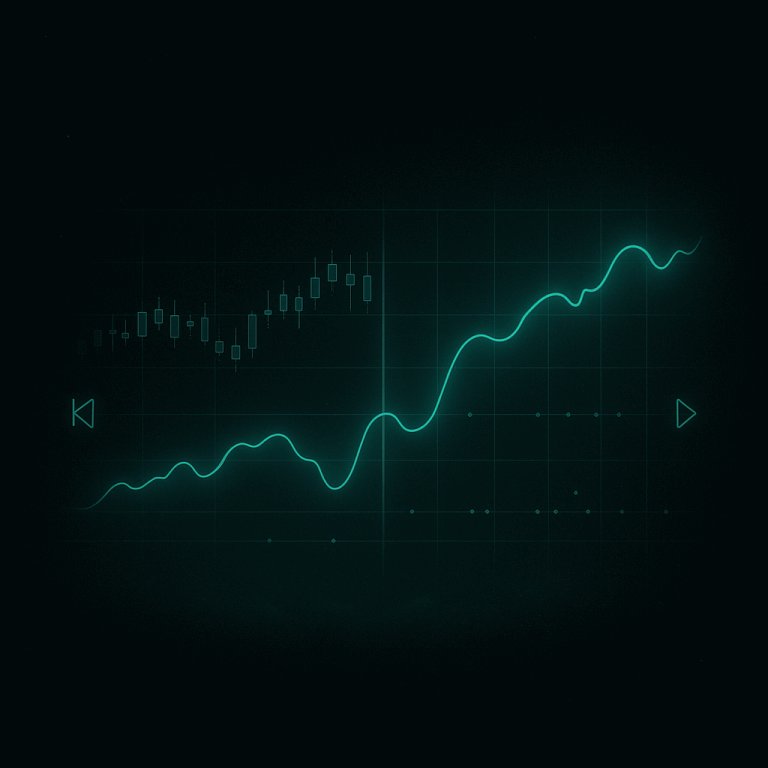Backtesting is more than just checking a strategy against past data — it is a structured process that helps traders understand how their rules perform in different market conditions. This guide explains step by step how backtesting works and what every trader should know.
Step 1: Define Your Strategy Rules
A strategy must be clear and testable. Define:
- Entry signal (example: RSI below 30)
- Exit signal (example: RSI above 70)
- Stop-loss and take-profit levels
- Position size and risk per trade
The more precise the rules, the more reliable the backtest.
Step 2: Choose Historical Data
The quality of backtesting depends on data:
- Timeframe: tick, minute, hourly, or daily
- Period: at least 5–10 years for stable results
- Instrument: forex, stocks, commodities, crypto
Good data should include price, volume, spreads, and gaps.
Step 3: Run the Test
There are two main ways:
- Manual backtesting: go through charts candle by candle and apply your rules.
- Software backtesting: use platforms like MetaTrader, cTrader, TradingView, Amibroker.
Automated backtesting is faster and reduces human error.
Step 4: Record Results
Each trade is logged with:
- Entry and exit price
- Trade duration
- Profit or loss
- Account balance over time
Modern platforms create full reports with metrics, graphs, and equity curves.
Step 5: Analyze Performance
Key performance metrics include:
- Net Profit — total gain after costs
- Win Rate — % of winning trades
- Max Drawdown — worst decline in balance
- Profit Factor — ratio of gross profit to loss
- Sharpe Ratio — risk-adjusted returns
These numbers show if a strategy is stable or too risky.
Step 6: Validate with Out-of-Sample Data
A common mistake is testing only on one dataset. A good practice:
- Train the strategy on part of the data
- Validate it on unseen (out-of-sample) data
This prevents overfitting and confirms that the rules are not curve-fitted.
Step 7: Forward Testing
After a successful backtest, forward testing on a demo or small live account shows how the strategy works in real market conditions with spreads, slippage, and execution delays.
Conclusion
Backtesting is not about predicting the future but about understanding probabilities. A structured process — from clear rules to validation and forward testing — helps traders avoid costly mistakes and build confidence in their strategies.




